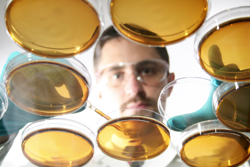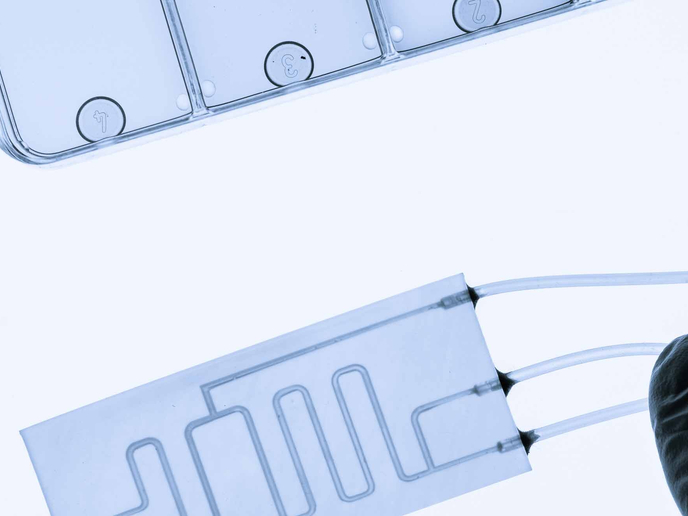Drugs shape up to be more effective
Molecules called heterocycles are causing a stir in both the pharmaceutical and the agrichemical worlds. Their secret is that they can penetrate the outer wall of the cell, the cell membrane, which poses a barrier to most invading chemicals. Getting across the cell membrane means the delivery of biologically active drugs that can sort out disease in cells that are not functioning correctly. Possible applications range from autism to heart disease. Ironically, they can also be used in a destructive way and act as pesticides in plants. Despite all this potential, heterocycles pose problems because they are not easily manufactured from their component parts. Tailoring a drug is one of the most important keys to designer pharmaceuticals and the basic structure has proved very unreactive so far. Heterocycles are named according to their content and shape. They are molecules with different elements, two at least, hence hetero, in the shape of a ring (of carbon and hydrogen atoms as it happens). If the extra elements are fluorine and nitrogen, their grand name is fluorinated nitrogen-containing heterocycles. To induce the heterocycle to bond onto the nitrogen and fluorine, the EU-funded project Flupyr has found a way to manipulate the ring structure to make it more reactive. The basis behind this is that molecules can exist in different forms called isomers. Stereochemistry, or existence of compounds in various 3D shapes provides the biochemist with many ways to increase reactivity. Different shapes translate into very varied molecular behaviour. The Flupyr team devised two approaches to arrive at the right amount of reactivity for the circle of atoms so it tags on the nitrogen and fluorine in the correct places. After a few setbacks when the starting materials were not as reactive as previously hoped, the scientists achieved an impressive 70\;% yield of the target molecule. Enrolling the help of a silicon atom and a different carbon ring structure this new molecule has never been made before, according to scientific literature. After two years research, the Flupyr researchers have a stock of new ideas as to how to make the most reactive starters including the use of asymmetry. Designer drugs are going to be the answer to many diseases. Flupyr is making sure that these may be just around the corner.







